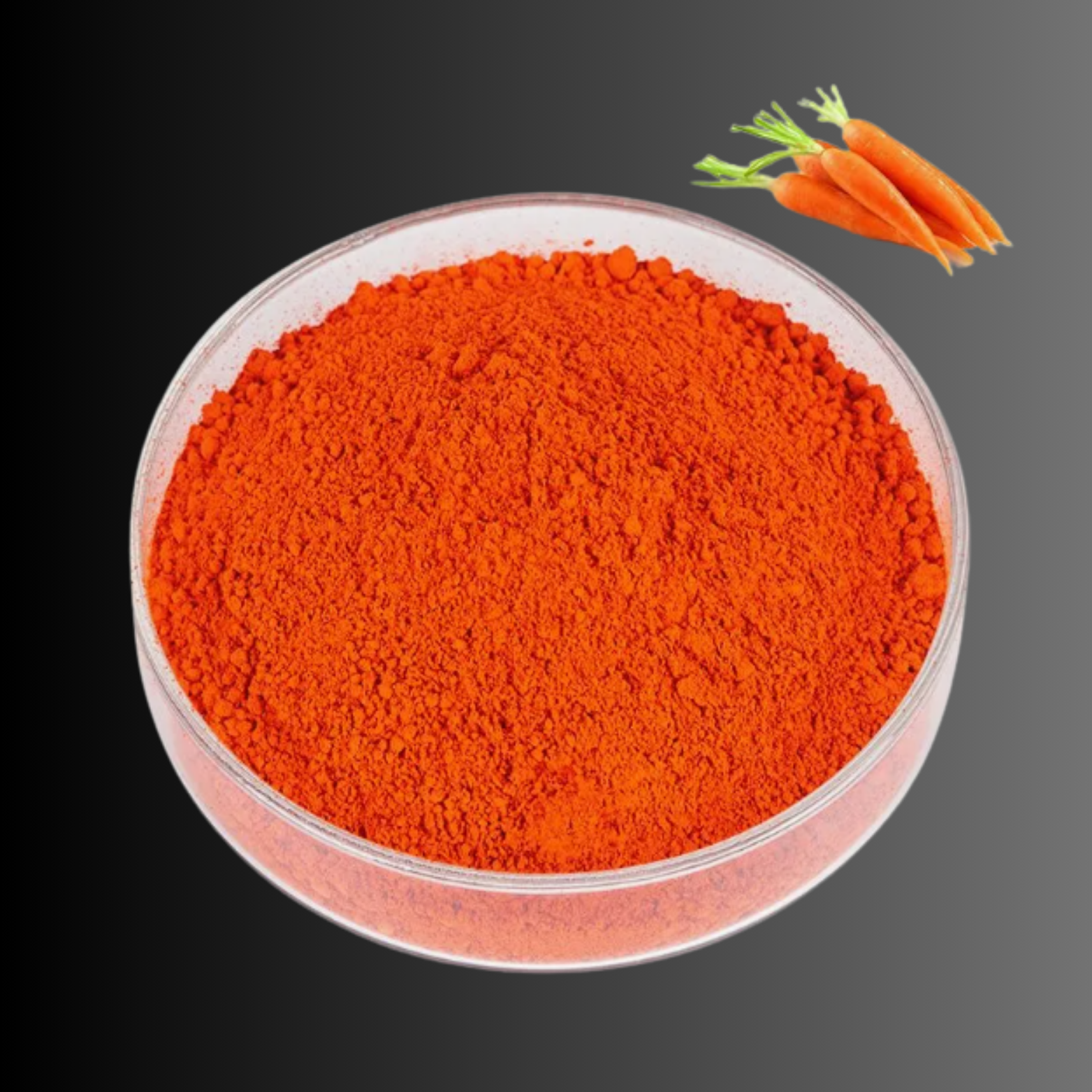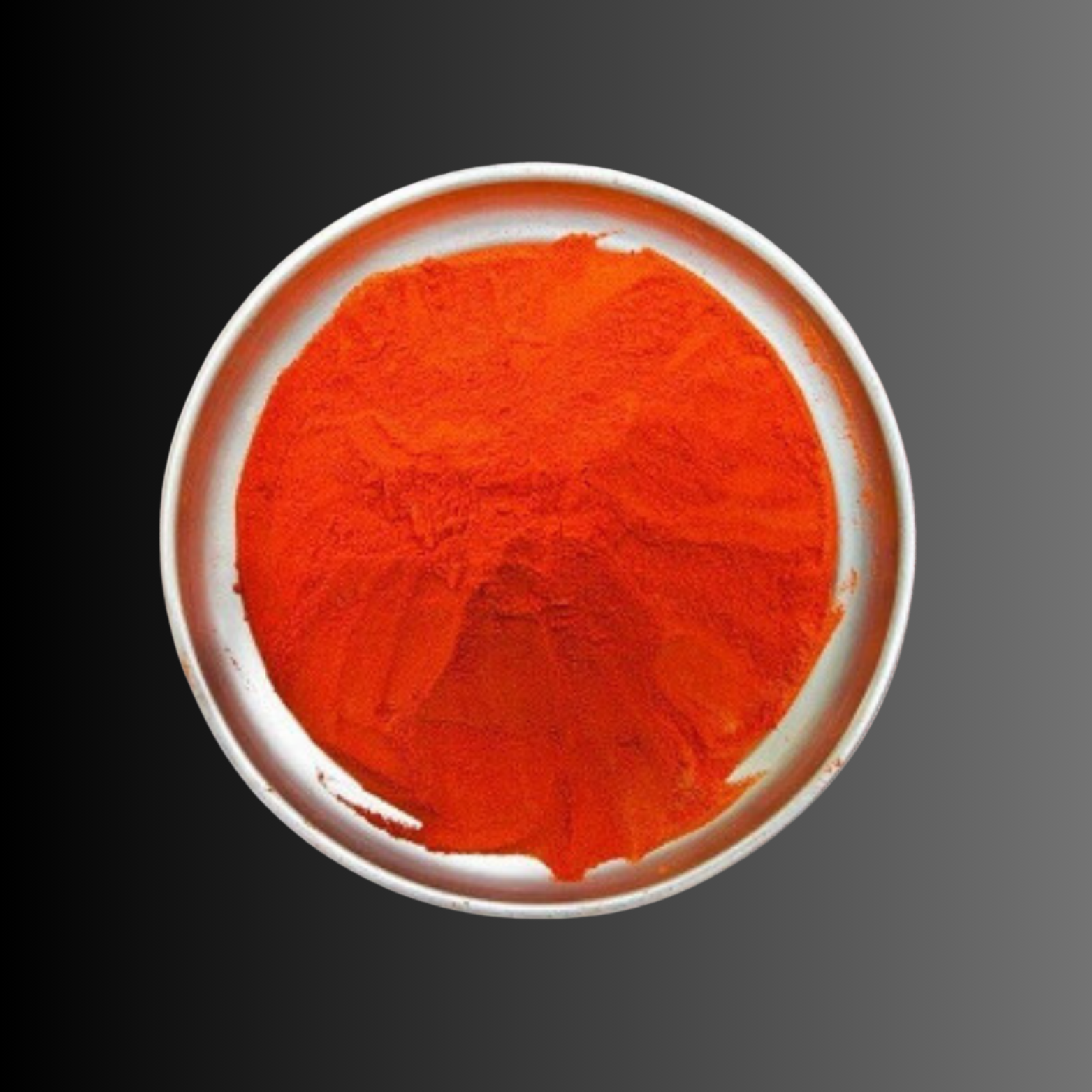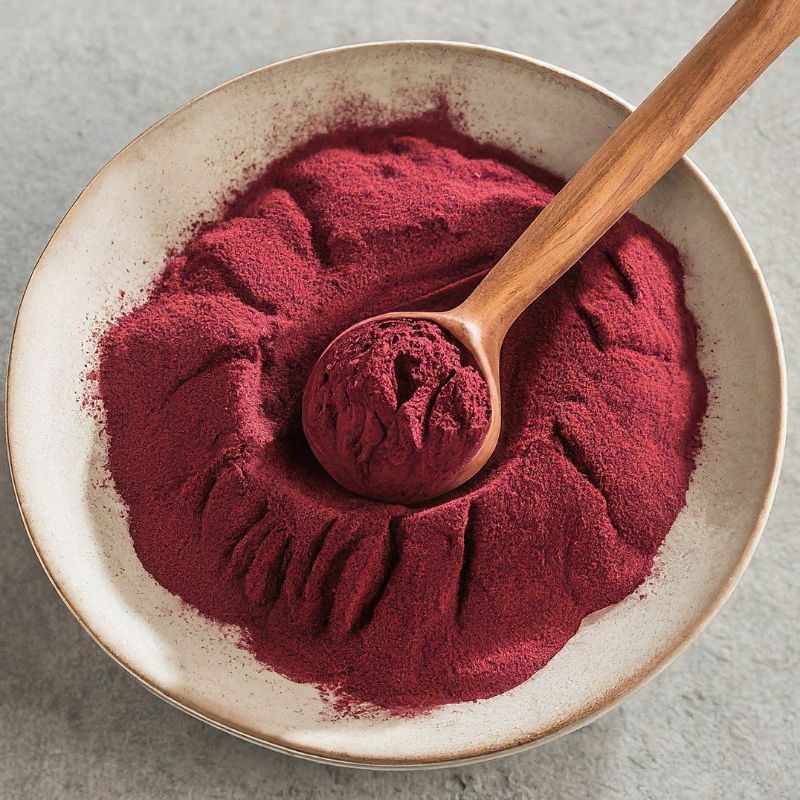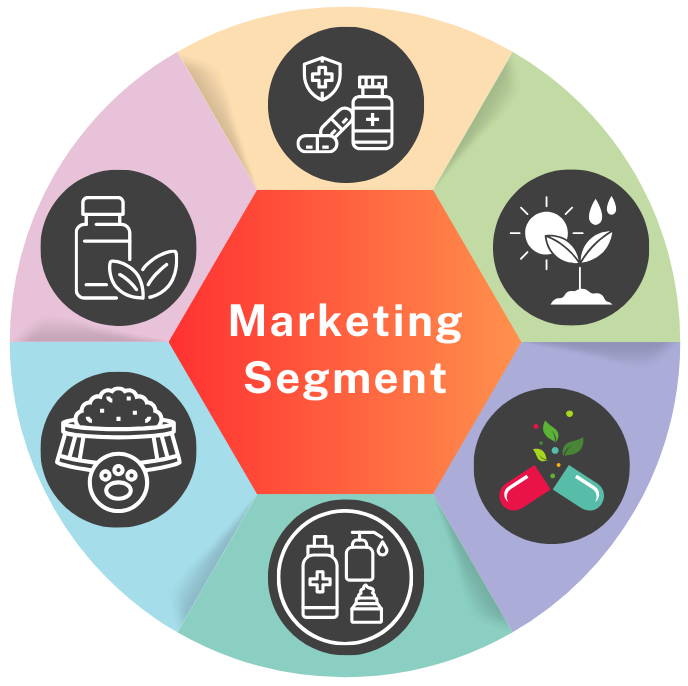CaroMx™ | Liposomal Zeaxanthin
Liposomes are bilayer vesicles with a structure resembling a biological membrane that are created when self-assembling amphiphilic lipids are present in an aqueous environment. Phosphatidylcholine is the building block of liposomes. When zeaxanthin is coupled with fats or lipids, its bioavailability increases. The production of chylomicrons and micellar structures must be considered for zeaxanthin absorption. Thus, encapsulation with phospholipids facilitates the production of chylomicron, while the incorporation of oil facilitates the formation of micellar. This increases zeaxanthin’s bioavailability even in the absence of fat consumption. Furthermore, liposomal zeaxanthin does not change after processing, heating, or storage.
All Variants:
- Dietary Supplement
- Colorant
- Nutrition
About Zeaxanthin
Nutritional carotenoid zeaxanthin is a member of the xanthophyll family. It is a common pigment found in fruits and vegetables and is a dihydroxy derivative of β-carotene. It plays a key role in preventing macular degeneration and cataracts that are caused by aging. It's interesting to note that zeaxanthin supports healthy vision by building up in the retina. Furthermore, this nutrient needs to come from food or supplements because the human body is unable to manufacture it. Given that it is a fat-soluble vitamin, its bioavailability and dosage form are constrained.

Health Benefits:
- Protects against age-related macular degeneration and cataracts.
- Shields eyes from oxidative stress and harmful blue light.
- Helps prevent sunburns by protecting skin from UV damage.
- Supports brain health and cognitive function.
- Contributes to overall eye and skin health.

Carotenoids Products
Our Other Carotenoids Products

Lutein
Pellets, Nano Emulsion, and Liposome

Beta - Carotene
Pellets, Nano Emulsion, and Liposome

Mix Carotenoids
Pellets, Nano Emulsion, and Liposome

Astaxanthin
Pellet, Nano Emulsion, and Liposome
